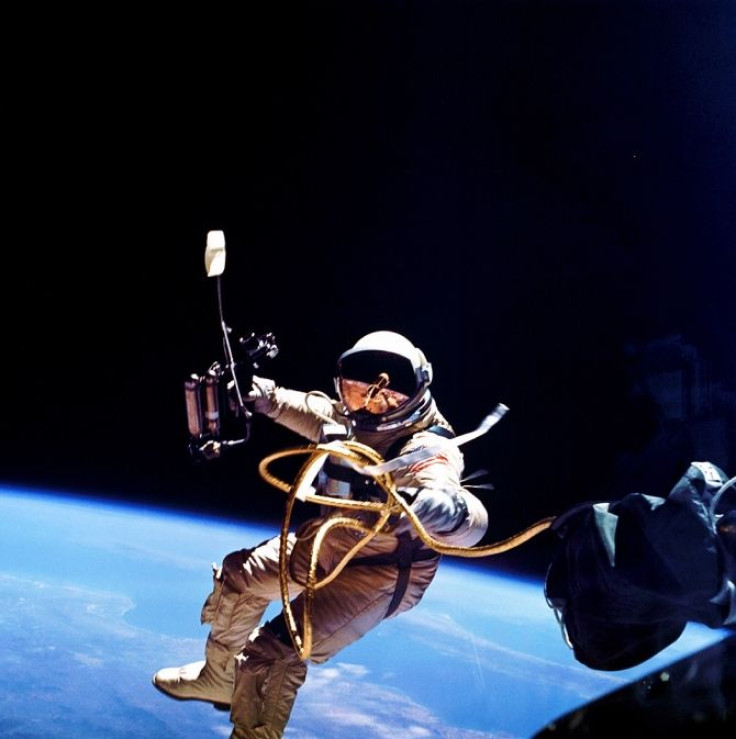NASA Astronauts Brain Scans Reveal Tissue and Eye Damage After Space Flight

Magnetic resonance imaging of the eyes and brains of NASA astronauts, who have spent long periods of time in orbit, revealed damage to their eyeballs and brain tissue, side effects similar to intracranial hypertension, a condition in which pressure builds within the skull, according to a new study.
Researchers are worried about their finding because the increased pressure around the brain can result in visual impairment.
The study, published in the journal Radiology, consisted on 27 astronauts who were either exposed to microgravity or zero gravity for an average of 108 days while on space shuttle missions or on the International Space Station, a research facility orbiting the Earth.
The researchers found of the astronauts who had spent more than 30 days of cumulative time in space, nine of them had expansion of the cerebral spinal fluid space surrounding the optic nerve, six had flattening of the rear of the eyeball, four had bulging of the optic nerve, and three had changes in the pituitary gland, which store hormones that control a variety of important body functions, and its connection to the brain.
"NASA has placed this problem high on its list of human risks, has initiated a comprehensive program to study its mechanisms and implications, and will continue to closely monitor the situation," said William Tarver, chief of flight medicine clinic at NASA/Johnson Space Center, in a statement. He also noted that the space agency has begun noticing changes in the vision in some ISS astronauts, but that the problems were not fully understood.
Many astronauts returning to Earth find that they cannot focus their eyes properly after they come home, and some who had once had 20/20 vision suddenly needed glasses for the first time in their lives, NASA said, according to ABC.
Living in a weightless environment for long periods of time can also result in bone mineral loss and muscle atrophy as well as dangerous exposure to the sun’s radiation, and it is because of these health hazards that stays on the International Space Station are restricted to six months.
"Microgravity-induced intracranial hypertension represents a hypothetical risk factor and a potential limitation to long-duration space travel," said lead author Larry Kramer, professor at The University of Texas Medical School in a statement released on Tuesday.
Experts said that the latest findings make sense because the human body is accustomed to gravity, and the heart pumps to keep fluids from resting in the legs, so in zero-gravity conditions, the body still keeps pumping the fluids upwards. Many astronauts report stuffiness in the head, and on short flights spicy Tabasco sauce and horseradish are reportedly very popular to clear out the sinuses.
"We've known about vision changes on orbit but in some cases we've actually found that it can be permanent," Peggy Whitson, who has flown twice on the station and is currently the chief of the astronaut office, told ABC. "Some of it is reversible. Some people get reverses and they come back to the same level that they were at pre-flight, and some were not reversible. We don't know enough yet to understand the mechanisms for how that happens."
She told the station that while 60 percent of the astronauts exhibited health problems after having spent more than a month living in space, the other 40 percent appeared to be immune, and the agency cannot figure out what protects some but now others.
"The MRI findings revealed various combinations of abnormalities following both short- and long-term cumulative exposure to microgravity also seen with idiopathic intracranial hypertension," said lead author Larry Kramer, professor at The University of Texas Medical School. "These changes that occur during exposure to microgravity may help scientists to better understand the mechanisms responsible for intracranial hypertension in non-space traveling patients."



























